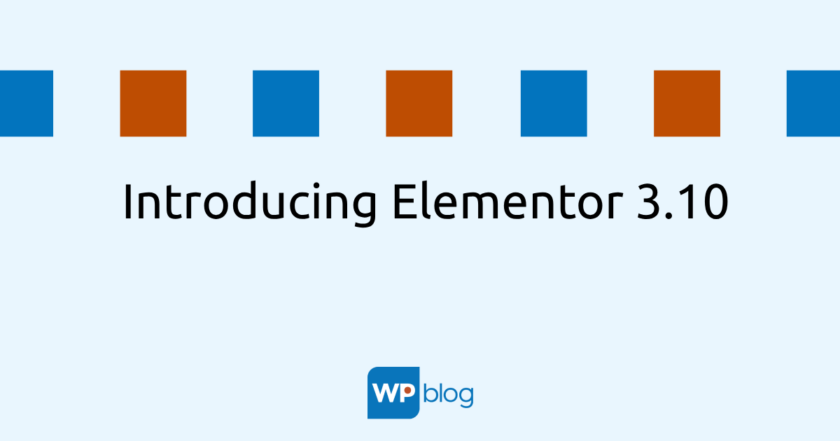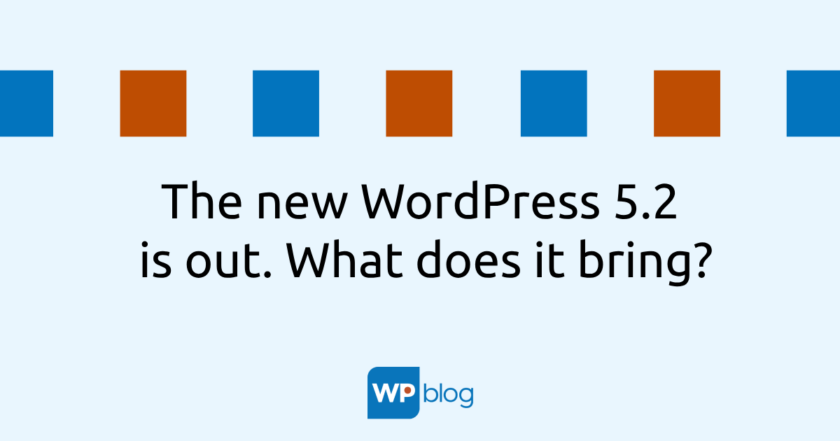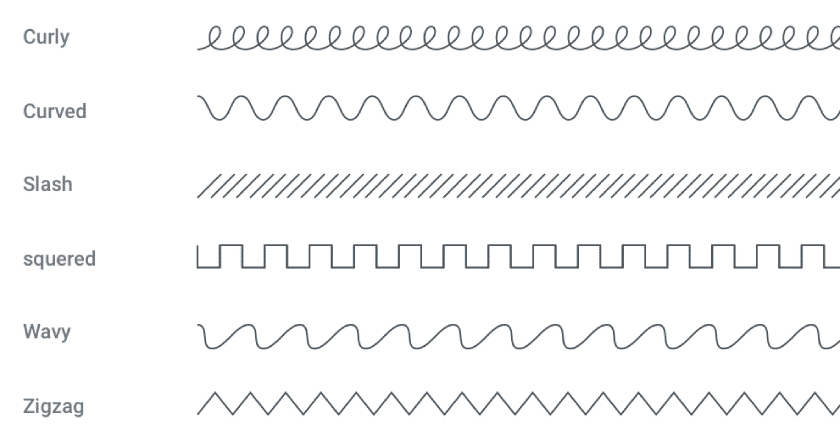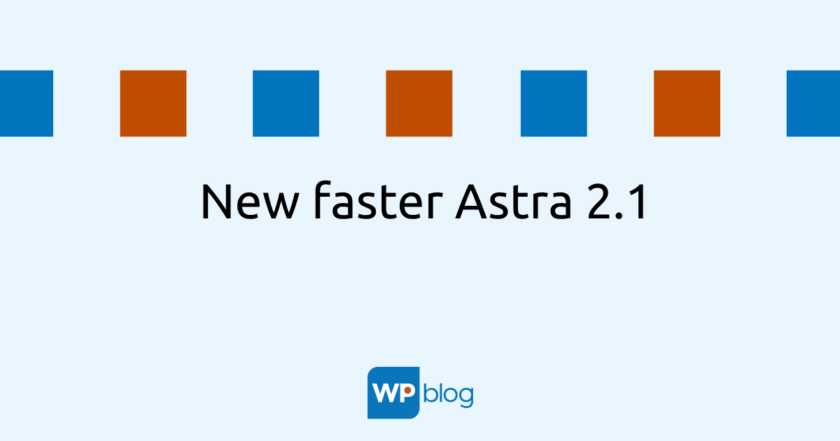Elementor is full of expectations. It has unique features that can elevate the level of your website. This is also why it is constantly coming to the fore.
But what makes Elementor 3.10 stand out so much? First of all, the nested features, which include cards, a custom library, the ability to have your own unit, and much more.
Both Elementor and Elementor Pro 3.10 include innovative design options. They can unlock a new world of creativity, which you’ll definitely appreciate at work. With Nasted Elements, you can also design your own website, and it will stand out with innovative yet extremely creative elements. Elementor 3.10 simply allows you to achieve significantly higher accuracy and more powerful performance.
Nested elements form the basis for success
Nasted Elements is a tool that was made specifically to bring a whole new way to make a website look its best from a design perspective. Its greatest treasures are the nested elements that you can insert anywhere you like.
In simple terms, one element can be inserted into another and vice versa. It’s so beautiful to play around with, which other tools don’t allow. All this is ensured by the power of Flexbox containers. By nested elements in this case we mean just widgets and containers.
Flexbox containers are known to be extremely stable. That’s why they need to be introduced into the web design and at the same time use the Nesting feature. This can be used within a number of existing gadgets, including Carousel, Tabs, Accordion and many others.
Renewed Tabs – unlocks design flexibility
The Renewed Tabs widget is famous for being considered Elementor’s first nested widget. Its role is to unlock and maintain design flexibility. If you try this widget, you will be able to unleash your creativity and achieve a high level of sophistication.
What improvements does it bring?
- Tabs and headings: with the new Tabs app, you’ll be able to keep your belongings in maximum order. You’ll appreciate it from the organization side as well. Feel free to customize the layout as well as the placement of all the cards. You can determine where they will be located. Whether up, down or on one of the sides. You’ll also be pleased to know that you’ll have a greater choice of styles and the ability to add icons to the card name.
- New content areas: Interestingly, thanks to the high performance of Flexbox containers, the content area of each card becomes the main container. You can place any element you choose in it. At the same time, you can adjust its layout and present any content you need.
- New response settings: You can choose a breakpoint if you want to improve the design and user experience based on the size of the device. The tab will automatically appear when you play it, just like an accordion. This is particularly advantageous from a time point of view. You won’t have to constantly create new content for each device. It will save you time, energy and, last but not least, improve your work performance.
The Tabs widget is based on containers. This means that if you want to use it on your website, you should always make sure that both Flexbox Container and Nested Elements experiments are enabled. Once activated, the Cards widget replaces the existing widget on the dashboard. But you have nothing to worry about. This will in no way affect the design of existing tabs on your website.
There is also a CSS math function
The controls in the editor have also undergone a rich upgrade. Now you can select any unit, combine the individual numeric units, and at the same time run CSS function calculations in them. You’ll also be able to take advantage of resizing options such as padding and margins. If you use these features wisely, it can have a positive effect on the accuracy of the design and also the responsiveness of the website.
Our tip: A great solution is to choose the Custom option. This allows you to run individual calculations and is also used to measure the value in the input field. You can achieve even greater precision and responsive support at the same time.
Templates and blocks based on containers
The role of Flexbox containers, which are referred to as Beta, is to maintain as much stability as possible. However, in order to meet these functions, templates and container-based blocks are needed. These are also important in terms of creating and designing websites according to current trends.
What are all the updates?
These are dozens of the most popular full website kits and templates. Another interesting feature is the fact that PayPal and Stripe buttons have been introduced to collect payments. Among other things, all previous blocks, such as Contact, have been replaced with updated designs.
A tool for increasing conversion
The countdown widget is also new. This is a tool used to generate FOMO and, in particular, to increase overall conversion. You’ll also be able to use native WordPress custom fields as well as fields from ACF and PODS. This is because they are used to fill in the due date on each page.
Remember: If you use the Countdown widget in the Single Post template and add a custom field in WordPress to each of your posts, you can include a completion date. This will allow you to deliver the website to the client, and you will also be able to update the completion date directly in WordPress. This way you won’t have to send them to the editor, which is used to change the design.
Source: elementor.com



